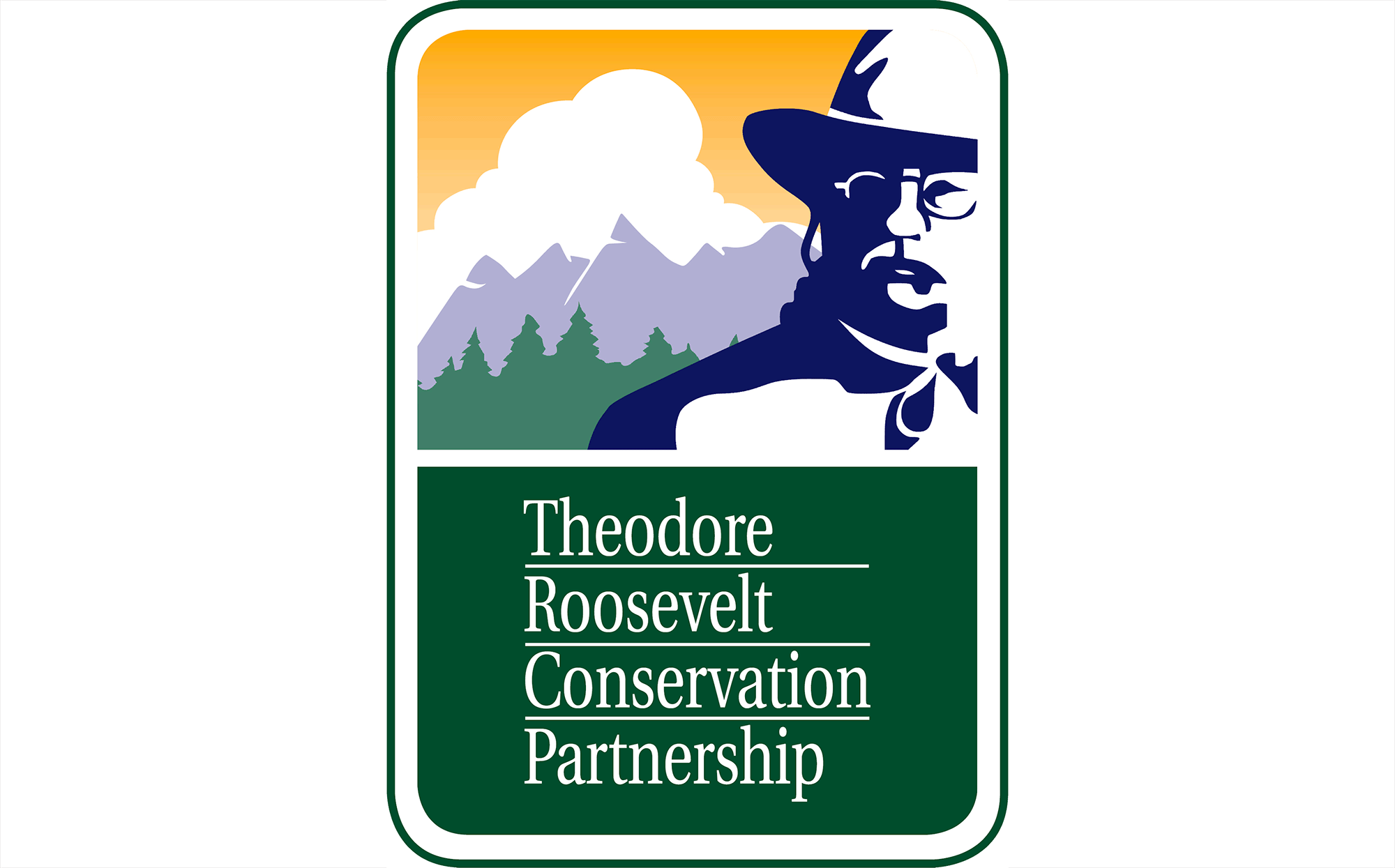Congress Cuts the Public’s Role in BLM Land Management

Sportsmen now look to Secretary Zinke to restore the public’s voice in the BLM land-use planning process that affects habitat, access, and rural economies
Today, U.S. Senators voted to nullify the Bureau of Land Management’s revised land-use planning rule, commonly known as Planning 2.0, which gives the public more chances to weigh in on land management decisions for 245 million acres of BLM public lands. The House passed a similar resolution of disapprovalusing the Congressional Review Act on February 7.
President Trump’s signature on this action will revert BLM planning to a decades-old process and may prevent the agency from creating a new rule that has the same benefits for habitat and public involvement. Planning 2.0 was the product of more than two years of collaboration between the agency, state and local governments, and the public.
“Hunters and anglers are puzzled by the fact that Congress would choose to destroy a refined and more inclusive public lands management process,” says Joel Webster, director of Western lands with the Theodore Roosevelt Conservation Partnership. “Perhaps some additional fine-tuning could have further improved BLM planning, but this CRA action is the equivalent of burning down the house simply because some window trim needed replacing. It’s an overreaction with real-world consequences for fish, wildlife, and the American people.”

Wyoming’s North Platte River. Image courtesy of Brady Owen/BLM.
Nineteen sportsmen’s groups wrote Congress in support of Planning 2.0 revisions that created three additional opportunities for the public and key collaborators—like state and local governments—to be involved at the front-end of the land-use planning process. These additional steps were designed to increase agency transparency and public involvement, and these benefits are still sorely needed to boost overall satisfaction with the management of BLM public lands across the country.
“It is tragic to see so much hard work and public input go to waste, only to be replaced with uncertainty,” says Steven Williams, president of the Wildlife Management Institute. “Meanwhile, the agency will continue to struggle in using an outdated, ineffective planning process to deal with modern-day challenges on public lands.”
Consideration for big game migration corridors and other planning tools that account for the most recent scientific data are not written into the previous land-use planning rule, established in 1983. Hunters and anglers are looking to the newly confirmed Secretary of the Interior to find other ways of securing these benefits.
“Sportsmen and women are incredibly savvy about public lands management and how planning efforts affect the places we hunt and fish—these are our lands and we deserve a fair shake,” says Corey Fisher, senior policy director for Trout Unlimited’s Sportsmen Conservation Project. “We stand ready and willing to work with Secretary Zinke to restore the public’s voice in BLM public land management and see to it that important fish and wildlife habitat isn’t overlooked.”
SHARE ON
You may also like
The role corn plays for gamebirds and economies ac...
Sportsmen’s conservation policy issues from publ...
Sportsmen’s conservation policy issues from publ...



























